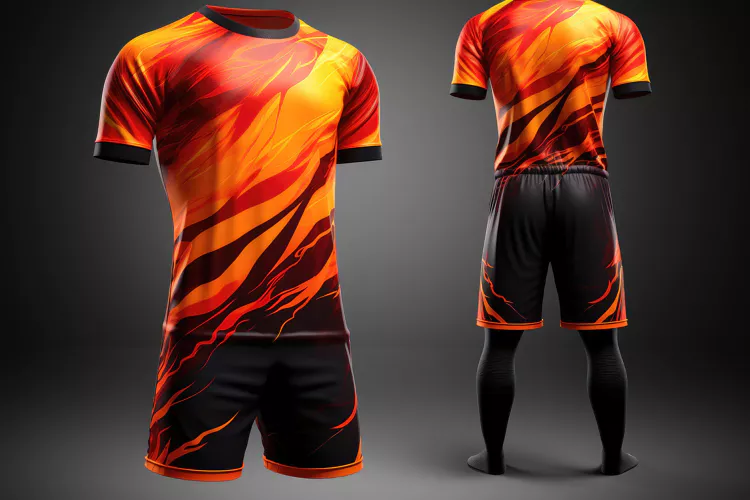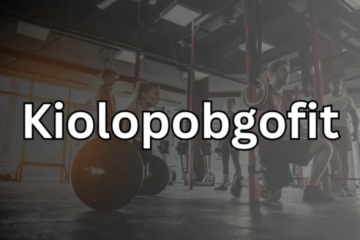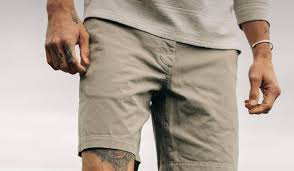Key Takeaways
- Introduction to Advanced Sportswear Fabrics
- Technological Advancements in Sportswear
- Benefits of Advanced Fabrics in Athletics
- Environmental Impact of High-Tech Sportswear
- Real-Life Examples of Advanced Sportswear Usage
- What Consumers Should Look For
- Future Trends in Sportswear Technology
- Final Thoughts on the Evolution of Sportswear
Introduction to Advanced Sportswear Fabrics
The world of sportswear has drastically evolved over in recent times owing to developments in textile technology. From breathability to flexibility, today’s sportswear provides athletes with numerous benefits that enhance their performance. One of the most significant innovations in sportswear is performance fabrics, which have transformed how athletes train and compete. These fabrics are designed to offer not just comfort but also functionality, ensuring that athletes can push their limits without any constraints. This article delves into the future of sportswear, focusing on the innovations that are revolutionizing the industry.
Technological Advancements in Sportswear
Technological breakthroughs in sportswear fabrics are game-changers. Innovations like moisture-wicking materials, compression technology, and bioceramic-infused fabrics have become mainstream. These advancements are helping athletes stay comfortable and perform at their best, regardless of the conditions. The integration of nanotechnology in sportswear has further improved these fabrics, making them lighter, more durable, and even antibacterial. Nanoparticles can be embedded into the fibers, enhancing properties such as UV resistance and odor control. Additionally, the development of phase-change materials (PCMs) helps by absorbing, storing, and releasing heat and controlling body temperature.
Benefits of Advanced Fabrics in Athletics
Sportswear designed with advanced fabrics offers numerous benefits, such as improved moisture management, better temperature regulation, and enhanced durability. Athletes may focus on their performance without worrying about their equipment getting in the way. Studies show that high-performance fabrics can significantly decrease the potential for skin irritation and other discomforts that are usually connected to vigorous exercise. Moreover, compressive materials have been shown to promote healing by enhancing blood flow and easing pain in the muscles. These fabrics are also engineered to provide a snug fit without restricting movement, which is crucial for sports that require agility and flexibility. The reduction in chafing and blistering is another significant advantage, allowing athletes to train and compete with minimal distraction.
Environmental Impact of High-Tech Sportswear
The environmental impact of high-tech sportswear must be considered. These days, a lot of firms are emphasizing environmental methods and adopting recycled materials or developing fabrics that require less water and energy. These eco-friendly innovations are essential for reducing the industry’s carbon footprint. Initiatives like biodegradable textiles and waste-reduction technologies are making sustainable sportswear a viable option. As consumer awareness grows, the demand for environmentally responsible products continues to rise. Brands are also exploring the use of organic materials and employing circular economy principles, where goods are made with the intention of being recycled or reused after their useful lives. These initiatives appeal to an increasing number of environmentally concerned customers while also helping the environment.
Real-Life Examples of Advanced Sportswear Usage
Elite athletes and fitness enthusiasts are increasingly incorporating advanced sportswear into their routines. Marathon runners, for example, benefit from fabrics that wick away sweat and regulate temperature, allowing them to run longer distances more comfortably. Similarly, professional cyclists use sportswear with aerodynamic properties to reduce drag and improve speed. Sports teams also leverage advanced fabrics to create custom uniforms that address the specific needs of their athletes, from moisture management to flexibility. These real-life applications underscore the practical benefits of high-tech sportswear in enhancing performance and comfort. Examples include lightweight, breathable jerseys for basketball players and thermal-insulated suits for swimmers, each designed to optimize performance in specific conditions.
What Consumers Should Look For
When shopping for high-tech sportswear, consumers should prioritize critical features such as moisture-wicking capabilities, breathability, and durability. It’s also important to consider the fabric’s eco-friendliness. Checking reviews and researching different brands can help consumers make informed decisions and invest in gear that will enhance their athletic performance. Understanding the importance of proper fit and functionality may significantly alter the user’s experience. For those concerned about sustainability, certifications and labels indicating eco-friendly practices are worth seeking out. Additionally, consumers should be aware of the specific needs of their sport or activity, whether it requires enhanced flexibility, support, or thermal regulation, to ensure they choose the right gear.
Future Trends in Sportswear Technology
The future of sportswear technology is promising, with ongoing research and development aimed at making even more advanced fabrics. Innovations such as smart textiles, which can monitor body functions and provide real-time feedback, are on the horizon. These trends indicate a future where sportswear not only promotes general health and well-being but also performance. Wearable technology integrated into sportswear is another exciting prospect, offering athletes data-driven insights into their training and recovery. Sportswear will likely become more customized as machine learning and artificial intelligence advance, responding to each person’s unique demands and preferences for peak performance.
Final Thoughts on the Evolution of Sportswear
In summary, advancements in sportswear fabric technology are setting new standards for athletic performance and comfort. These innovations not only benefit athletes but also contribute to a more sustainable future. As the industry continues to evolve, both professionals and everyday fitness enthusiasts can look forward to more innovative and eco-friendly sportswear options. The ongoing pursuit of excellence in fabric technology promises a future where performance, comfort, and sustainability go hand in hand. From moisture-wicking fabrics that keep us dry to smart textiles that offer real-time health insights, the future of sportswear is bright and exciting.
Stay in touch to get more updates & news on Webofbuzz!




